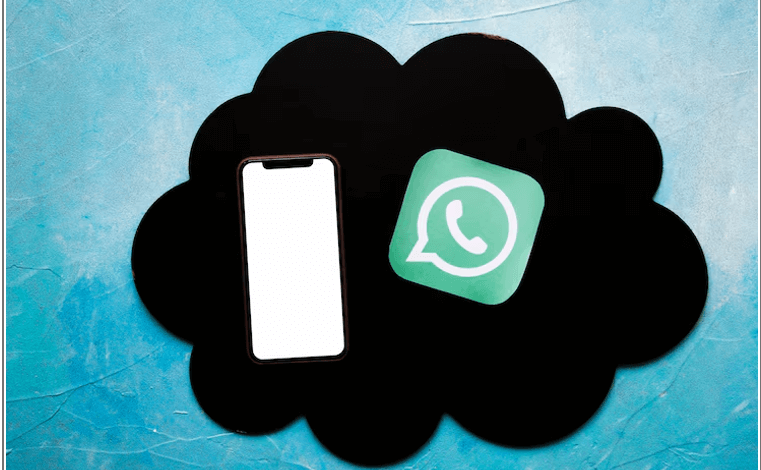WhatsApp API Cost Guide for Businesses: What to Expect

Most brands know the importance of staying visible. Not just online, but inside your customer’s pocket—literally. The phone screen is where every update, complaint, or follow-up happens.
Naturally, WhatsApp is a go-to channel. But then comes the awkward pause—how much does the WhatsApp Business API actually cost? That’s not so simple.
Pricing Isn’t Straightforward, and That’s Frustrating
So here’s the thing: WhatsApp API cost isn’t just a one-time charge or a neat little subscription box.
You’re billed per conversation session—each lasting 24 hours—and the rate depends on the category of your message. Four of them exist: marketing, utility, authentication, and service. Sounds neat, but…
That’s also where you’re sending messages. The country matters. And who you’re using to connect, because Meta doesn’t give access directly. There’s always a provider, and that provider has their own layer of charges.
It gets messy. Some teams end up with unexpected bills just because they didn’t plan for message retries or template rejections. It’s like signing up for a gym without knowing there’s a towel rental fee.
You Don’t Just Pay Meta
Meta sets a base rate, which is public. You can Google it. But in the real world, that’s just half the picture.
- Transactional messages? Lower cost.
- Promo messages? More expensive.
- OTPs or logins? Charged differently, too.
If you’re reaching customers in India, the cost might be under ₹1 per conversation. Sounds cheap—until you multiply it across campaigns, follow-ups, or support workflows. Then add your provider’s markup, which may or may not be obvious upfront.
And you might not even realise when you’re charged for conversations that never really converted.
Not All Costs Are Obvious
Let’s say a template gets rejected. Maybe a word seemed promotional. The message didn’t go out, but that slot might still count.
Or maybe you send a reminder at midnight. The customer doesn’t open it until morning, but the session clock starts ticking anyway.
Then there are costs that aren’t monetary but matter just as much—like opt-outs due to overuse, or customer frustration from delayed replies. These don’t show up on invoices but still hurt.
Sometimes, it’s the hidden stuff that adds up quietly over time.
Budgeting Isn’t Just About Volume
People like to use clean math here:
“Let’s estimate 3000 users per month… at ₹0.80 each… simple.”
But it rarely stays that neat. Here’s where it gets unpredictable:
- Some months have more marketing pushes.
- Festivals or sales events trigger more outbound templates.
- Bounce rates or delivery failures throw off your averages.
You also have to budget for things like retries or template versions sent for testing. Even internal testing can eat up your limit if not managed.
So even if you try to set a cap, something always pushes you slightly over. Maybe not every time, but just enough to notice.
What Justifies the Spend?
Here’s a question worth asking before worrying too much about pricing: What happens when you don’t use WhatsApp?
- Customers miss real-time updates.
- You rely on email, which barely gets opened.
- Support calls pile up.
A single cart recovery message that brings back one ₹1,500 order might justify 300 outbound conversations. But only if that message lands right.
Bad timing, generic text, or poor template structure? You just spent money and earned silence. That’s the risk no one talks about enough.
Real Mistakes That Cost
One brand pushed out promo codes using a template that hadn’t been reviewed. Meta flagged it. The messages stalled, and by the time they got approved, the weekend sale was over.
Another business didn’t monitor replies properly. Customers responded with questions, but no agents picked up. The brand got marked as unresponsive. Engagement dropped.
These aren’t tech errors. They’re human errors with financial consequences. That’s the danger—thinking this is just a “messaging tool” when it’s really a customer-facing layer of your business.
Keep Your Setup Lean
If you’re new to this, don’t overcomplicate the system. Start with:
- One marketing template
- One transactional flow (maybe shipping or payment updates)
- Monitor delivery and engagement
- Scale slowly
Avoid overloading the workflow or triggering multiple messages across platforms for the same event. If you’re already using email for receipts, maybe skip the WhatsApp ping for that one.
Also, learn to work with message template rejection early on. Some errors are small—spacing, capitalisation, and tone. But fixing them late can stall campaigns.
The API Isn’t Just for Tech Teams
Yes, the word “API” throws off non-technical folks. But this isn’t some complex dev tool buried in backend code.
Most providers offer a dashboard. You can plug in templates, schedule sends, or even reply manually if needed.
If you’re handling volume or time-sensitive content, connecting a webhook to get real-time status helps avoid chaos.
Still, make sure everyone understands the flow—marketers write the content, product teams track usage, devs maintain the tech. Otherwise, someone sends out a poorly timed birthday message to a customer who left a bad review two days earlier.
It happens.
Before You Decide It’s Too Expensive…
Think about this:
- Are you tracking which templates get replies?
- Is your provider giving transparent billing breakdowns?
- Have you A/B tested timing or content yet?
Most of the cost doesn’t come from Meta or the API itself. It comes from a bad setup and a lack of ownership.
Once the flow is clean, you stop guessing. You know what works. And you stop worrying about the cost.




